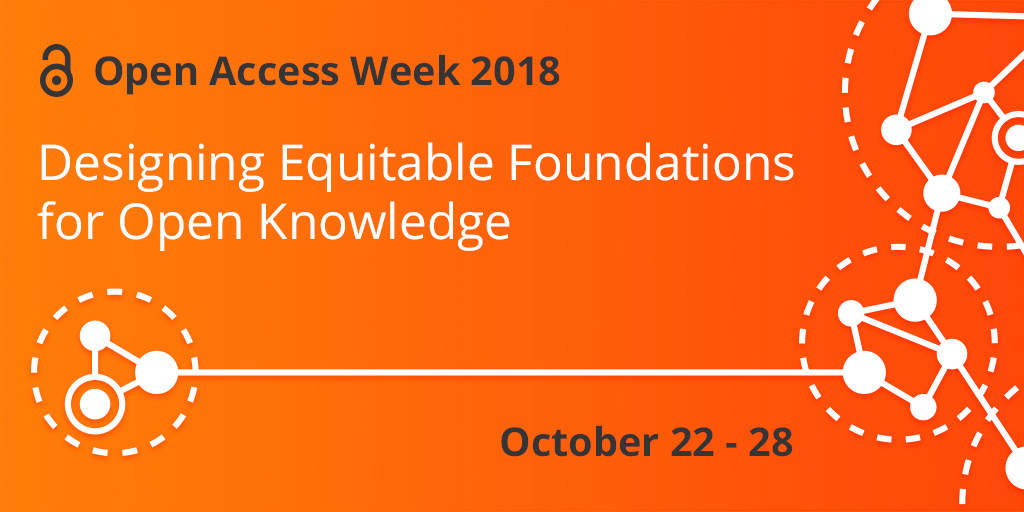
OA-week at DI: Thursday’s article
During recent years, the body has become a central focus of religious studies. The understanding of religion as a solely intellectual practice of beliefs, norms and convictions is giving way to a broader understanding of religious subjects as contextually situated agents with a personal history, emotions, values, gender and – a body. Religious and spiritual practitioners today seek a connection with the divine through their bodies, acknowledging the intimate connection between soul, mind and body on questions of human well-being, meaning-making and religious experiences. This may always have been the case in lived religion, but for scholars of religion the recognition of the body offers a fairly novel approach.
Today’s article, selected by librarian Joakim Alander, is:
Lindfelt, M. (2011). The body, religion and sports: through the lenses of postmodern religiosity. Scripta Instituti Donneriani Aboensis, 23, 286-308. https://doi.org/10.30674/scripta.67391
Both the characteristics of postmodern religiosity and the ideology of the modern sports movement point in the same direction: sport can function as a religious sentiment. Both have a seriousness that can be classified as religious, at least in a functional way, towards health, well-being, self-perfection, strength, vitality and beauty—goals which modern society offers as something attainable by all. In the midst of this secularized, this-worldly, immanent and attainable religion stands the notion of the perfect body, the symbol for both control and beauty, for well-being and power of will. The struggle for bodily perfection is, no doubt, an adventurism in itself. While striving at perfection the awareness of imperfection is constantly at hand.
